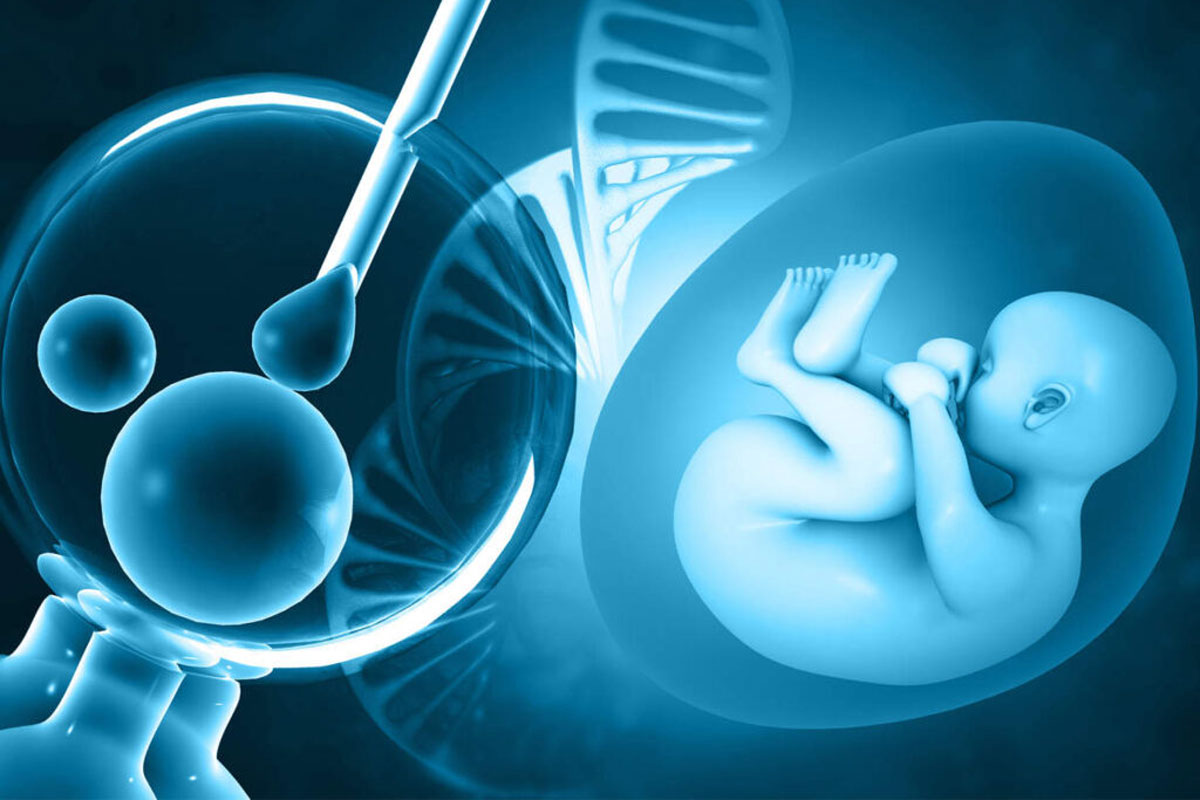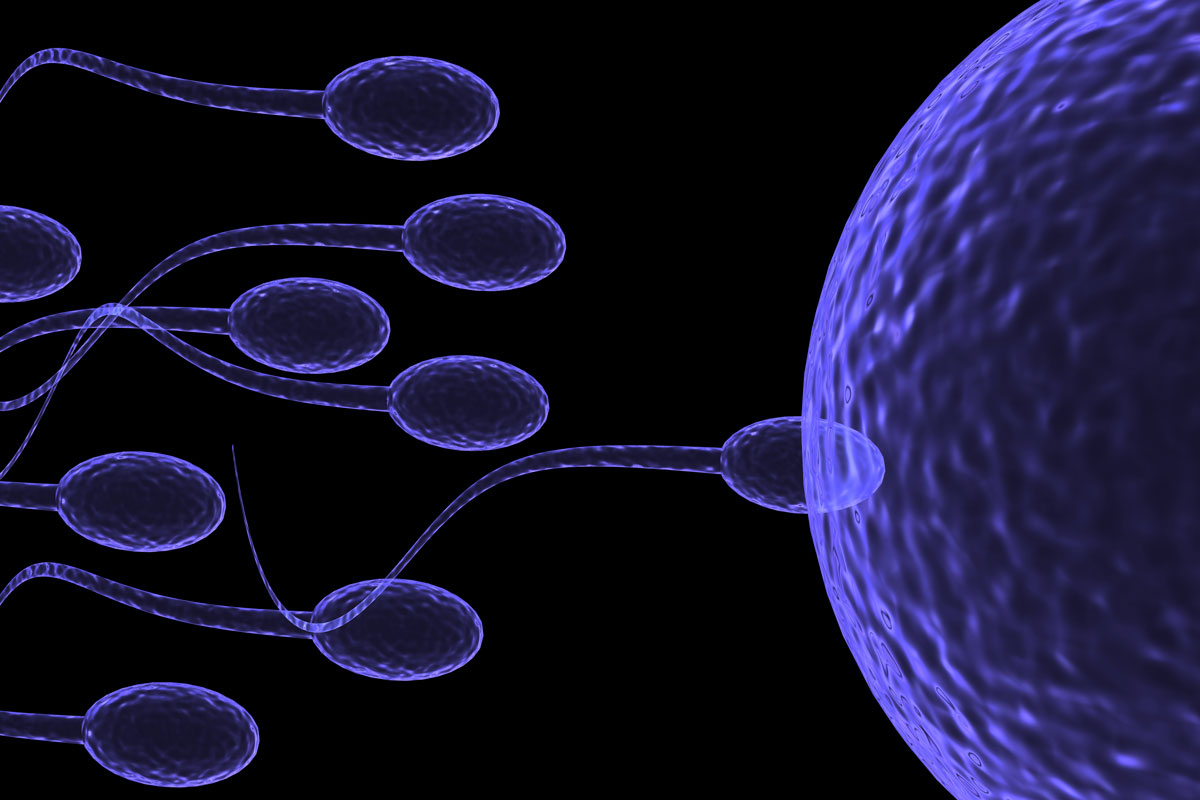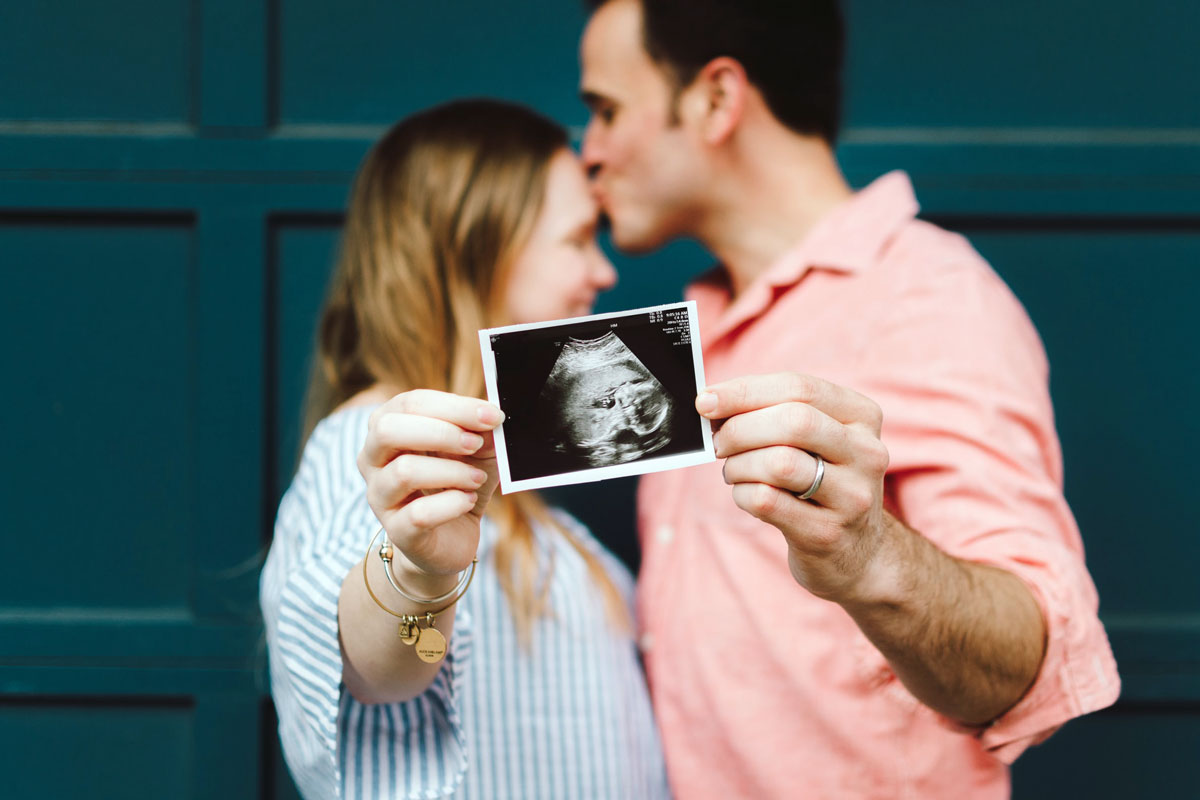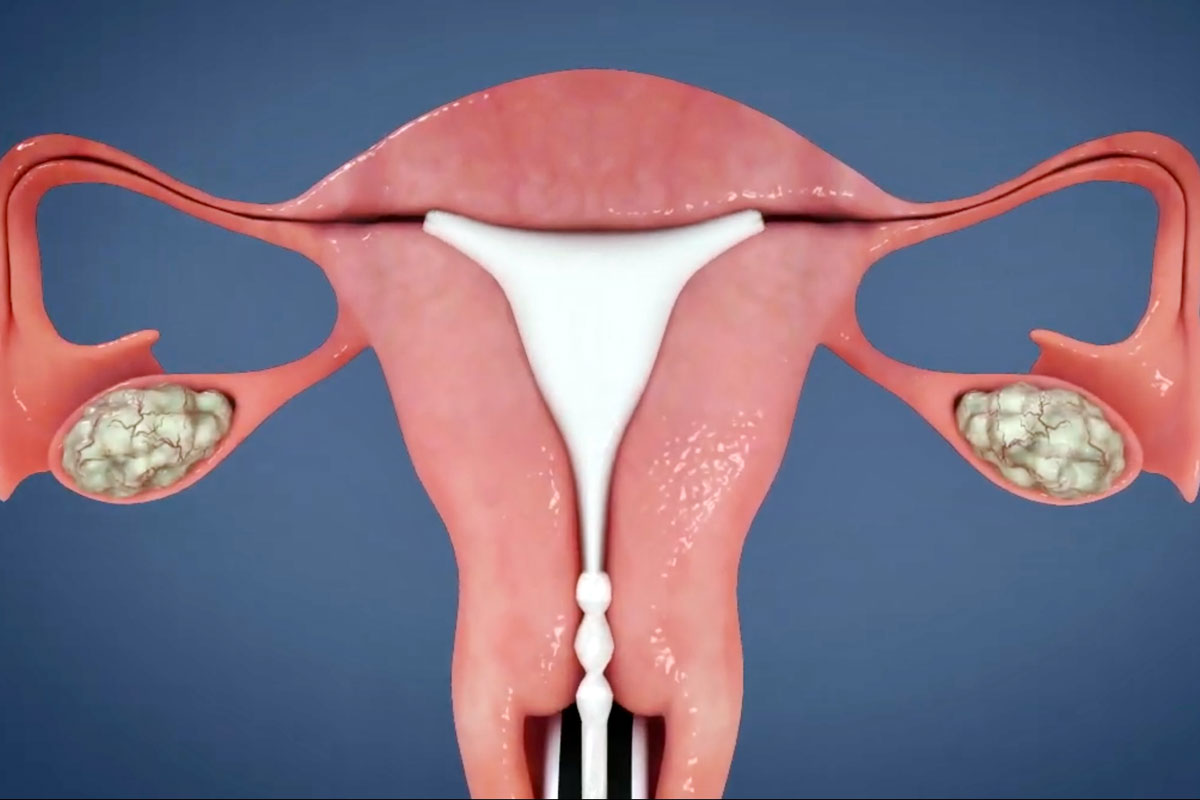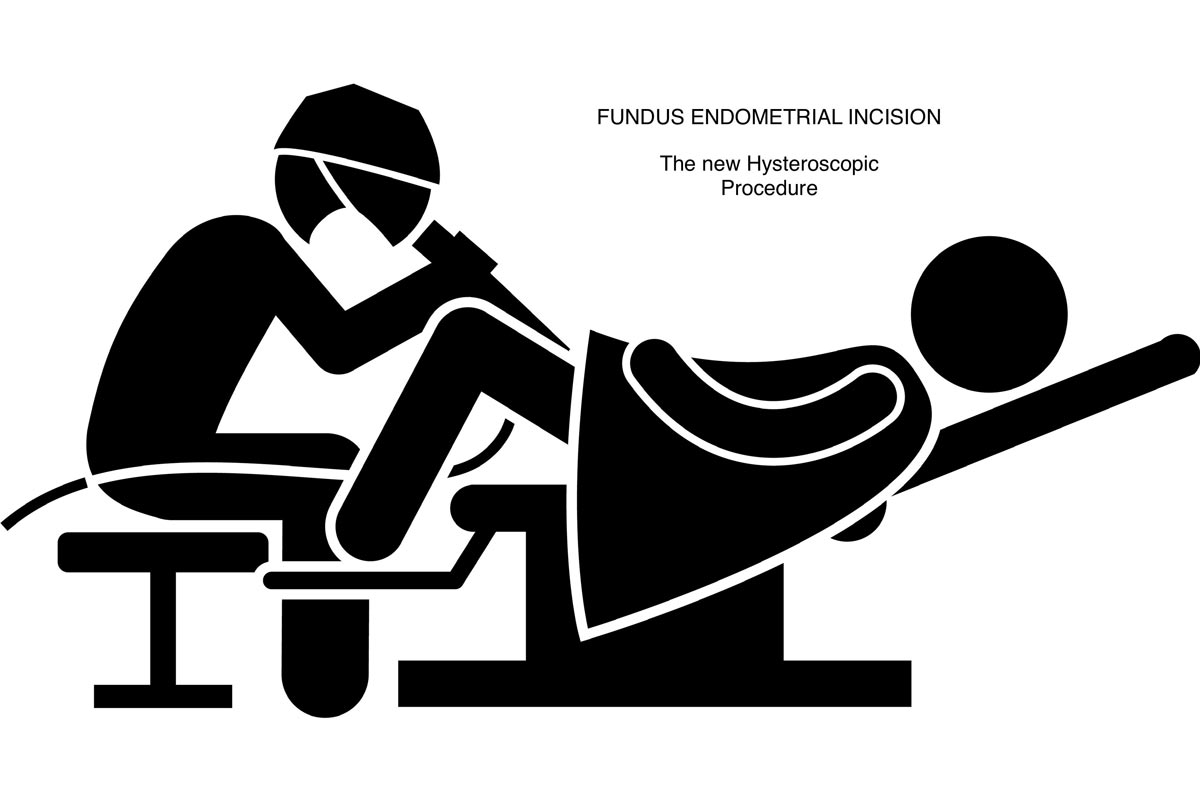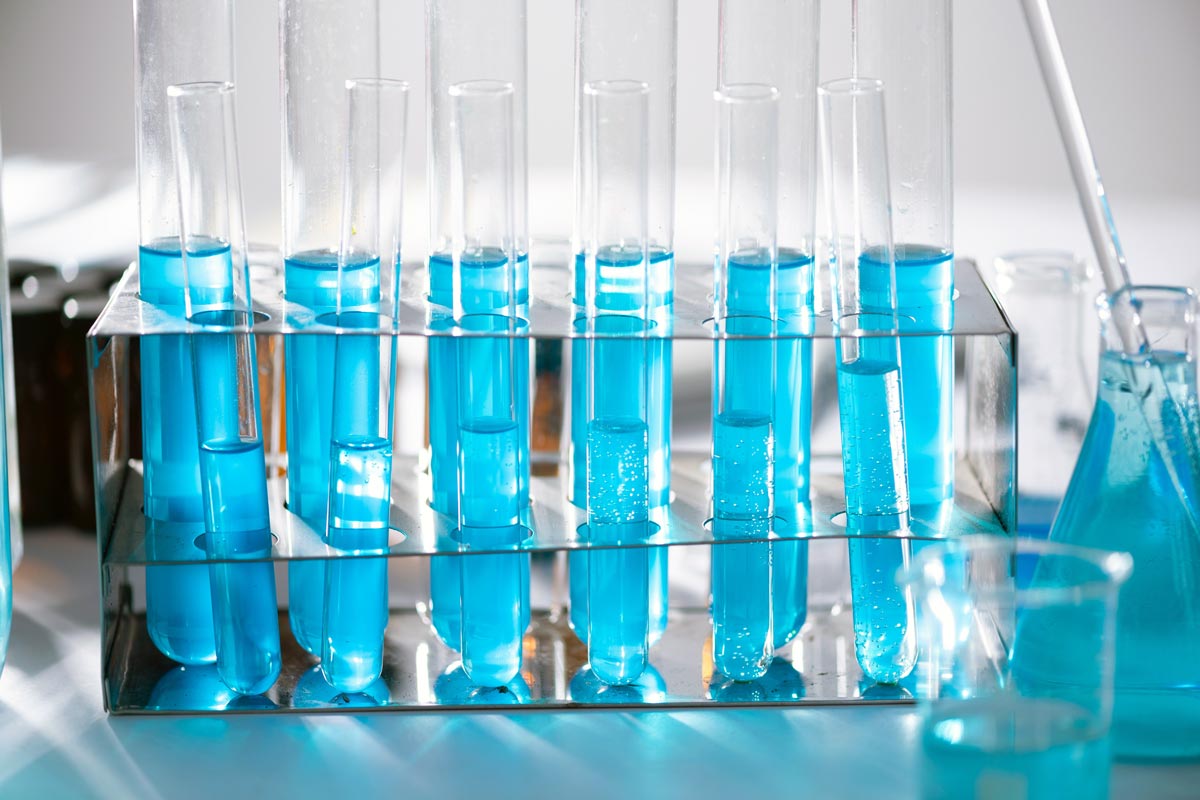A chromosomal abnormality in the embryo is the reason for Recurrent Pregnancy Loss, or miscarriages, in at least 50% of women 35 years or older.We also know that a test, available through IVF clinics, called PGD, or Preimplantation Genetic Diagnosis, is now widely used to identify chromosome abnormalities. In fact, it has been found that PGD - which has been available since 1991 - may significantly improve a woman's chances of carrying a child to term. It may also increase her chances of becoming pregnant and reduce the likelihood of a baby being born with an atypical number of chromosomes.
What exactly is PGD?
PGD is an advanced genetics test used with in vitro fertilization to determine the status of an embryo's chromosomes. A normal cell has 46 chromosomes in 23 pairs, half from each parent.By taking a cell from an embryo, PGD can determine whether the cell has an extra or missing chromosome. This condition can cause a child to be born with mental and/or physical shortcomings, such as Down Syndrome.
A chromosome abnormality can also prevent the embryo from attaching to the wall of the uterus, preventing any chance of pregnancy. Or, in the case of many women experiencing Recurrent Pregnancy Loss, it can cause the embryo to stop developing, causing the fetus to spontaneously miscarry.
How likely is it that I may be affected by a chromosome abnormality?
>The older you are, the greater the chance that your eggs will be affected. More than 50% of embryos from women who are 35 to 39 have chromosomal abnormalities. For those over 40, the percentages increase to 80% or higher. That's why older women have far lower pregnancy rates and higher rates of miscarriage. In addition, patients with Recurrent Pregnancy Loss are believed to produce more chromosomally abnormal embryos regardless of age.
How would PGD improve mv chances?
Studies have shown that PGD can double the chance of implantation of the embryo, reduce pregnancy loss as much as three-fold, and increase the likelihood of live births. Another data, even found a reduction in miscarriages among IVF patients who did not have recurrent miscarriage, from 23% to 9%. In women with an average age of 40, they found that the chance of an embryo to successfully impant doubled.
How and when is PGD performed?
PGD can only be done as part of the in vitro process - at a time when the IVF physician has removed the egg from the female and it has become fertilized with the male's sperm, prior to being replaced in the uterus.With PGD, a cell is removed from the embryo through the use of microsurgical techniques and the cell is fixed to a glass slide. Geneticists at laboratory then examine the cell under a high-powered microscope using a technique called FISH (fluorescence in situ hybridization) to determine the chromosomal makeup. The embryo, meanwhile, remains in a incubator with virtually no risk to its development.
If I am interested in PGD, how should I proceed?
Speak to your physician or make an appointment at an IVF specialist.

